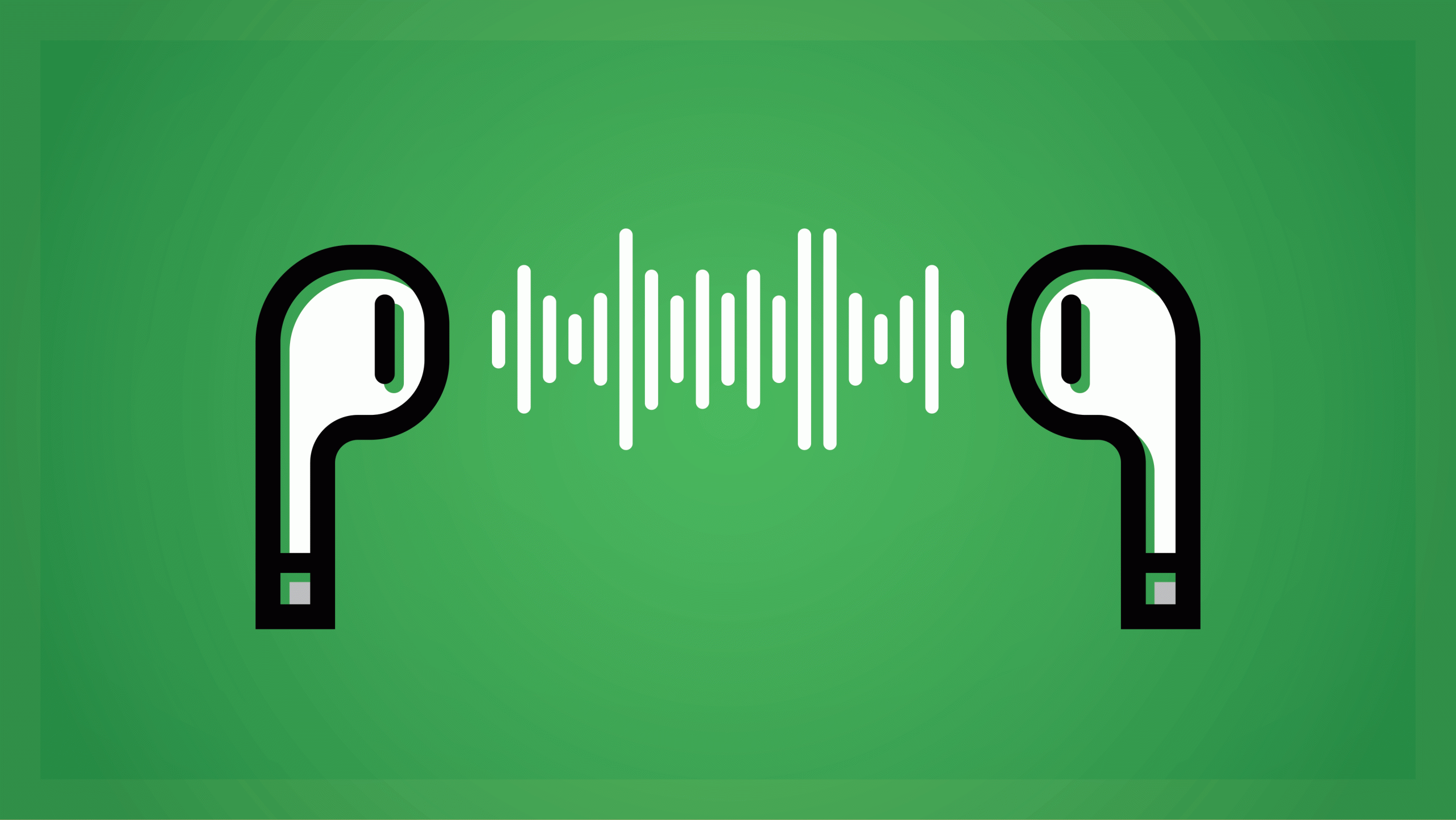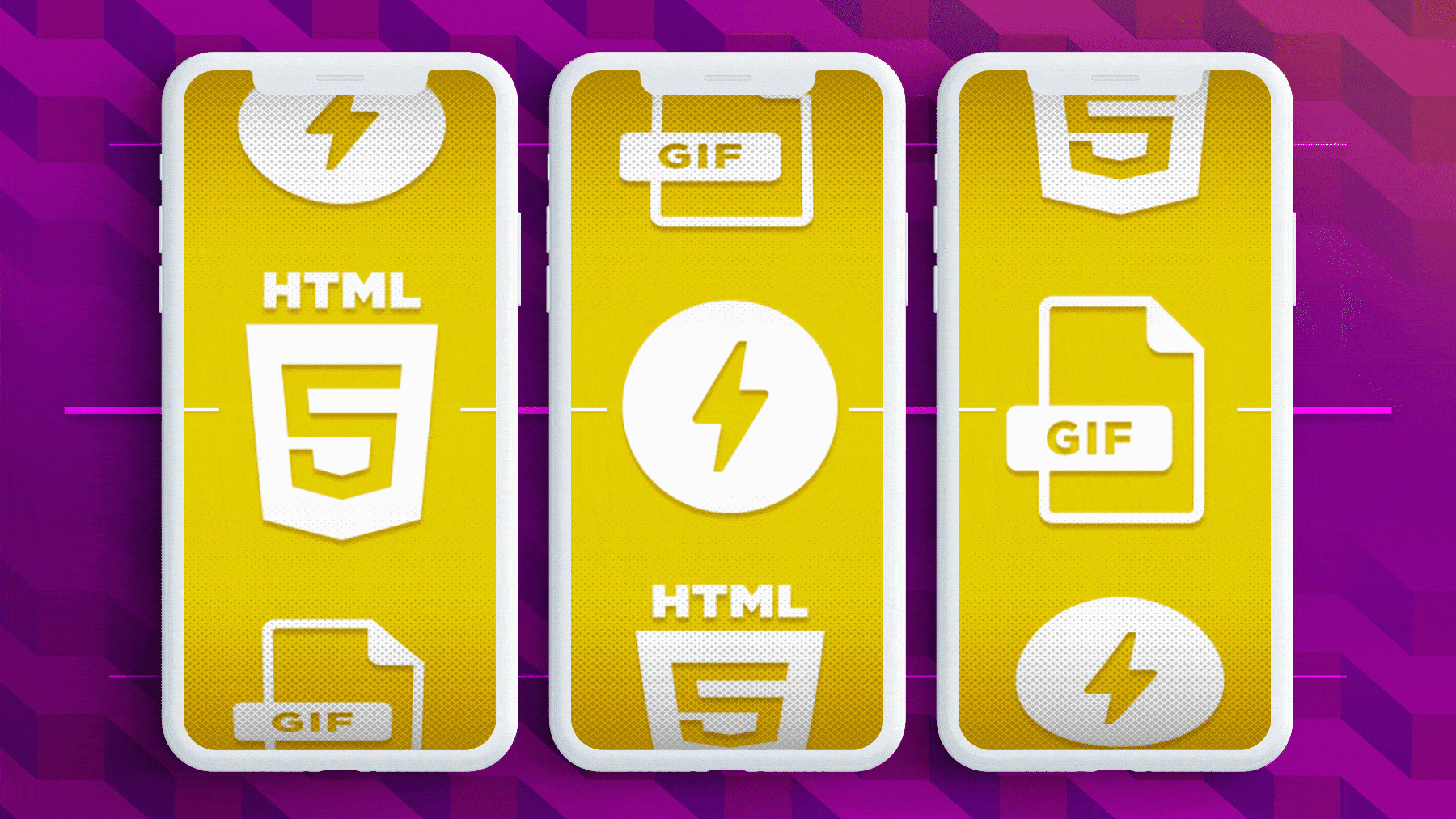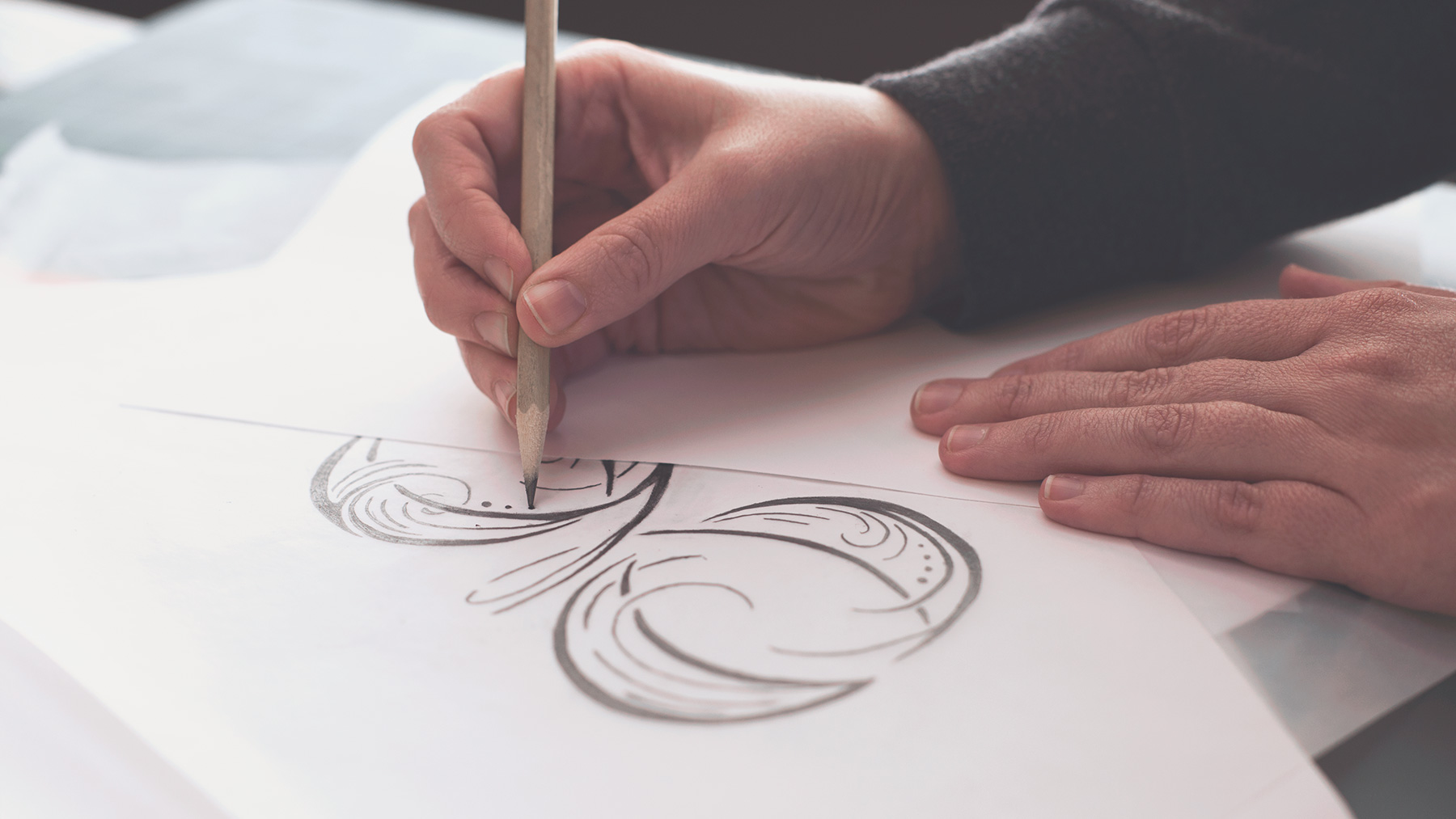
Typography is everywhere. It’s easy to forget the impact it has on our everyday lives, but without it, the world would be a bland place. Imagine if every sign you drove by, every storefront you passed, were exactly the same. No personality, no unique characteristics. Typography keeps our environment vibrant and charming, preventing our streets from becoming sterile and Orwellian.
Growing up in a small town with a quaint main street, I fell in love with the fading signs that adorn the old retail district’s buildings. This was long before I knew much about design, or that so many people share the same affection for seemingly effortless letterforms. This thread of appreciation of the quality, vintage typography resurfaced over and over in my formal (and self-taught) education of the arts.
If you pay attention to the type trends in the design community, you’ll notice the boom in script fonts, calligraphy and hand-drawn type that I’ve grown to love over the years. Here are a few ways I notice and appreciate the hidden, but oh so visible art that is typography, and a couple ways you can get into the art form yourself.
Social Media Revival
We live in a time where subjects that are deemed unnecessary, like learning cursive, are cut from the curriculum. With that being said, the ease and convenience of social media, like Instagram and Twitter, is helping rekindle people’s interest in forms like calligraphy, by both the average follower and those who have a design background.
There is something captivating about watching a calligrapher ink recognizable logos with ease, or seeing your favorite Game of Thrones quotes beautifully scripted. And something inspiring about seeing the perspective of other artists, creating designs you may not think of yourself, like looping letterforms with tools made from vegetables. Social media has allowed this art to catch its second wind, giving typographers the tools to share and enthusiasts the ability to admire and learn.
(Read more about the Calligraphy Stars of Instagram)
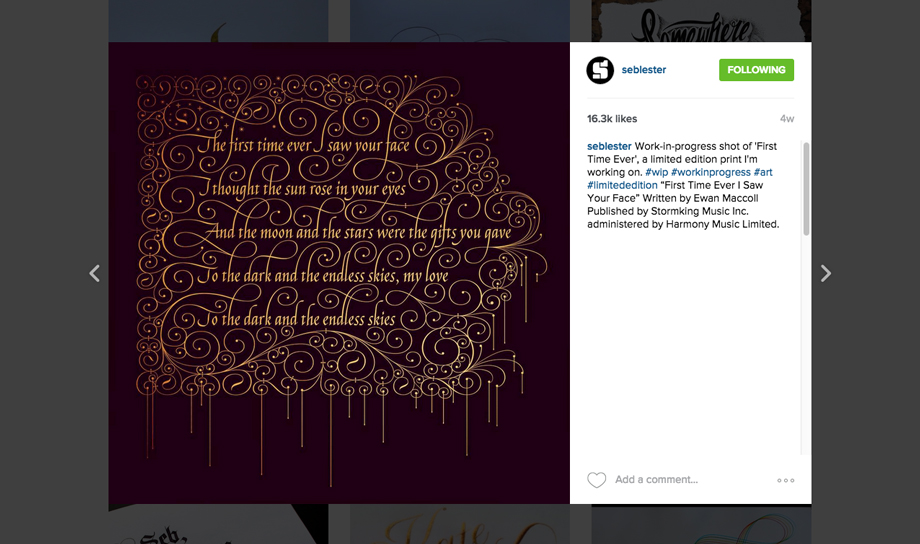
A sample work-in-progress post from Seb Lester’s Instagram
Hone Your Own Typography Skills
Learning online is becoming increasingly popular as it becomes more accessible and seamless. Classes available on sites like Lynda.com and Skillshare offer anyone the opportunity to learn from professionals, create along side peers and receive feedback from instructors.
Mary Kate McDevitt is one of these instructors. Starting as a freelance designer, she began teaching hand-lettering on Skillshare and now teaches several classes with over 50,000 students. Under her wings, students have the opportunity to learn from her and create their own unique lettering style.
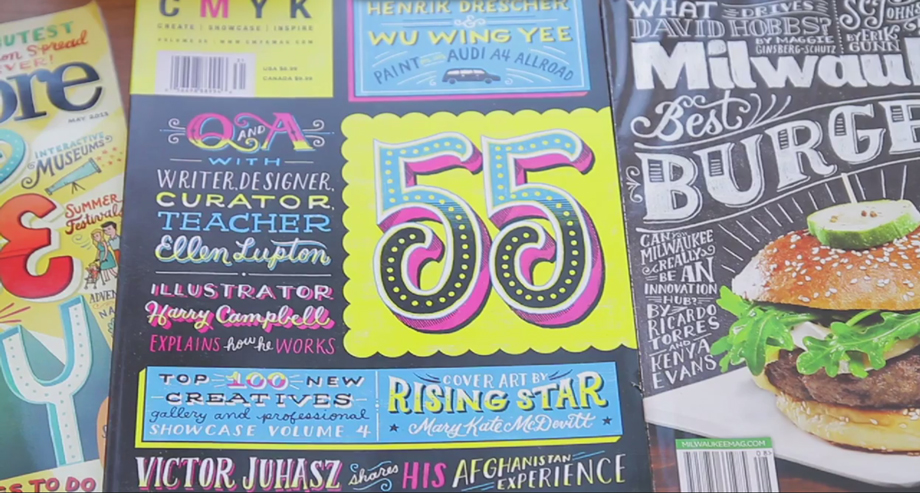
Image from Mary Kate McDevitt’s The First Steps of Hand-Lettering introduction video.
Ingrain Yourself in the Culture
Something that many people don’t realize is how a community’s culture plays a large role in its type. My combined love of history and art revealed a lot of these kinds of things to me, but the articles I read from the blogs I follow add to my knowledge everyday.
In the blog, Culture+Typography, artist and blogger Nikki Villagomez travels from city to city, chronicling the culture- and personality-rich type before it is erased from history. Everything from neon signs to manhole covers are explored and documented. I especially love this blog because I find myself doing the same thing when I am in a new city, despite the weird stares I attract.
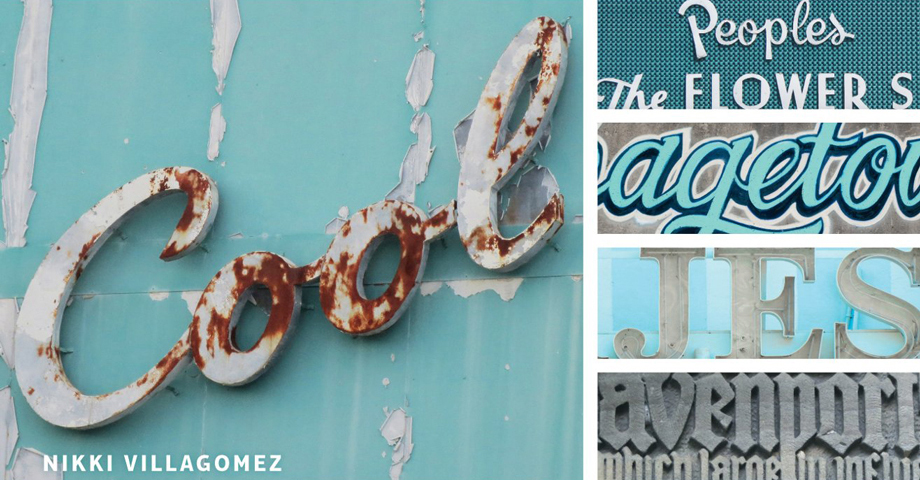
Nikki Villagomez’s blog turned book, Culture+Typography.
Combine and Apply
All of these are fantastic resources on their own, but the best way to really get involved with any discipline is to combine all your means—social media, blogs, classes, etc.—and get in involved with the community. Don’t stop absorbing wherever you can.
You will learn so much more if you surround yourself with great people. While I pick up things from all different platforms, I’ll never be able to catch everything. My peers constantly present me with brilliant ideas and sources I might not otherwise have seen. Without such peers, I might not have seen this video about master penman Jake Weidmann, and that would have been a real tragedy. I can’t think of a better way to conclude this post.
